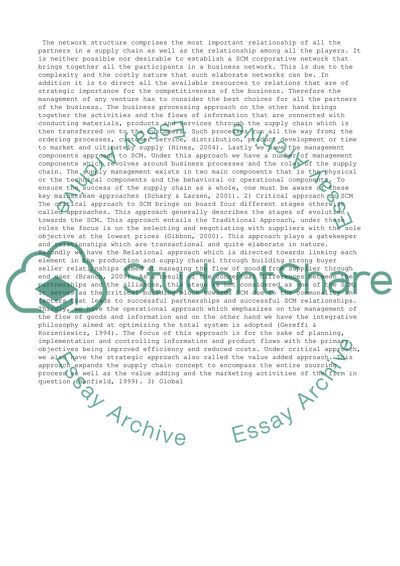Cite this document
(“Module: Global Supply Chains : Topic : Assess the extent to which Essay”, n.d.)
Module: Global Supply Chains : Topic : Assess the extent to which Essay. Retrieved from https://studentshare.org/business/1468914-module-global-supply-chains-topic-assess-the
Module: Global Supply Chains : Topic : Assess the extent to which Essay. Retrieved from https://studentshare.org/business/1468914-module-global-supply-chains-topic-assess-the
(Module: Global Supply Chains : Topic : Assess the Extent to Which Essay)
Module: Global Supply Chains : Topic : Assess the Extent to Which Essay. https://studentshare.org/business/1468914-module-global-supply-chains-topic-assess-the.
Module: Global Supply Chains : Topic : Assess the Extent to Which Essay. https://studentshare.org/business/1468914-module-global-supply-chains-topic-assess-the.
“Module: Global Supply Chains : Topic : Assess the Extent to Which Essay”, n.d. https://studentshare.org/business/1468914-module-global-supply-chains-topic-assess-the.


